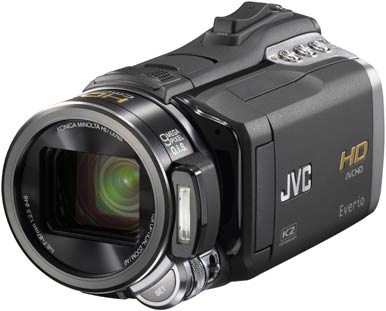Jvc everio software
JVC was the only supporter of TOD format. In 2008 JVC released several hybrid TOD/AVCHD consumer models, and some AVCHD only models. Consumer high definition camcorders offered by JVC from 2009 onwards record only in AVCHD format. Professional JVC tapeless camcorders introduced in 2009 use XDCAM EX format, licensed from Sony. Like TOD, XDCAM EX employs MPEG-2 HD video encoding scheme. Unlike TOD, XDCAM EX uses MP4 container.
As of 2011, MOD format is still being used in standard definition camcorders manufactured by JVC, Panasonic and Canon. Sony employs MPEG-2 video encoding and Program Stream container in its standard definition camcorders too, but the directory structure is different from MOD, and the media files have conventional MPG extension.
MOD and TOD formats do not allow recording progressive-scan video, neither at "film" rates (24, 25, 30 frames/s) nor at "reality" rates (50, 60 frames/s). This limitation makes MOD and TOD formats suboptimal for online video viewing, because most video hosting websites stream progressive-scan video. On another hand, AVCHD allows recording progressive-scan high-definition video at both "film" and "reality" rates.
















No comments:
Post a Comment